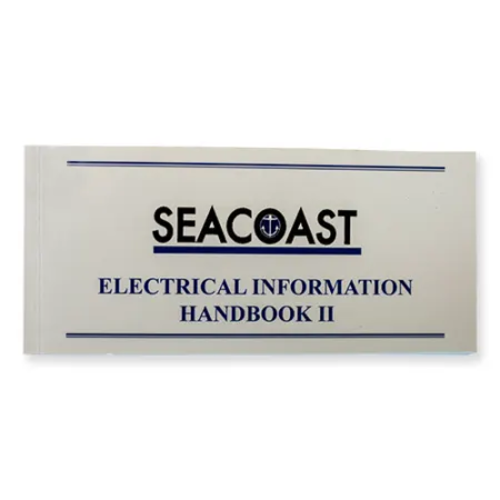
Navy Electrical Handbook

MFR #:NAVYELHANDBOOK
GCG #:NAVYELHANDBOOK
MFR #:NAVYELHANDBOOK
GCG #:NAVYELHANDBOOK
Min Qty:1
|Qty Increment:1
The purpose of the Navy Electrical Handbook is to serve as a comprehensive, compact technical reference for personnel involved in the installation, maintenance, troubleshooting, and inspection of electrical systems aboard U.S. Navy ships and submarines.
Min Qty:1
|Qty Increment:1
The purpose of the Navy Electrical Handbook is to serve as a comprehensive, compact technical reference for personnel involved in the installation, maintenance, troubleshooting, and inspection of electrical systems aboard U.S. Navy ships and submarines.
- Features
Features
Primary Objectives:
- Standardization
- Ensures consistent practices across shipyards, fleet maintenance centers, and contractors.
- Aligns with military specs like MIL-STD, NAVSEA standards, and other DoD electrical guidelines.
- Technical Guidance
- Provides detailed procedures and best practices for:
- Cable selection and routing
- Termination methods
- Shielding and grounding
- Splicing, insulation, and sealing
- Electrical bonding and noise reduction
- Provides detailed MIL-SPEC cable specifications and data and associated part numbers related to cabling to be installed
- Supports both high- and low-voltage shipboard systems.
- Provides detailed procedures and best practices for:
- Training and Qualification
- Used by naval electricians, installers, inspectors, and engineers as a training and reference tool.
- Reinforces safety, quality assurance, and mission readiness.
- Safety Assurance
- Emphasizes electrical safety, insulation resistance checks, arc flash mitigation, and cable separation standards.
- Support Lifecycle Maintenance
- Supports in-service fleet modernization and repair activities (e.g., AITs, ISEAs, regional maintenance centers).
